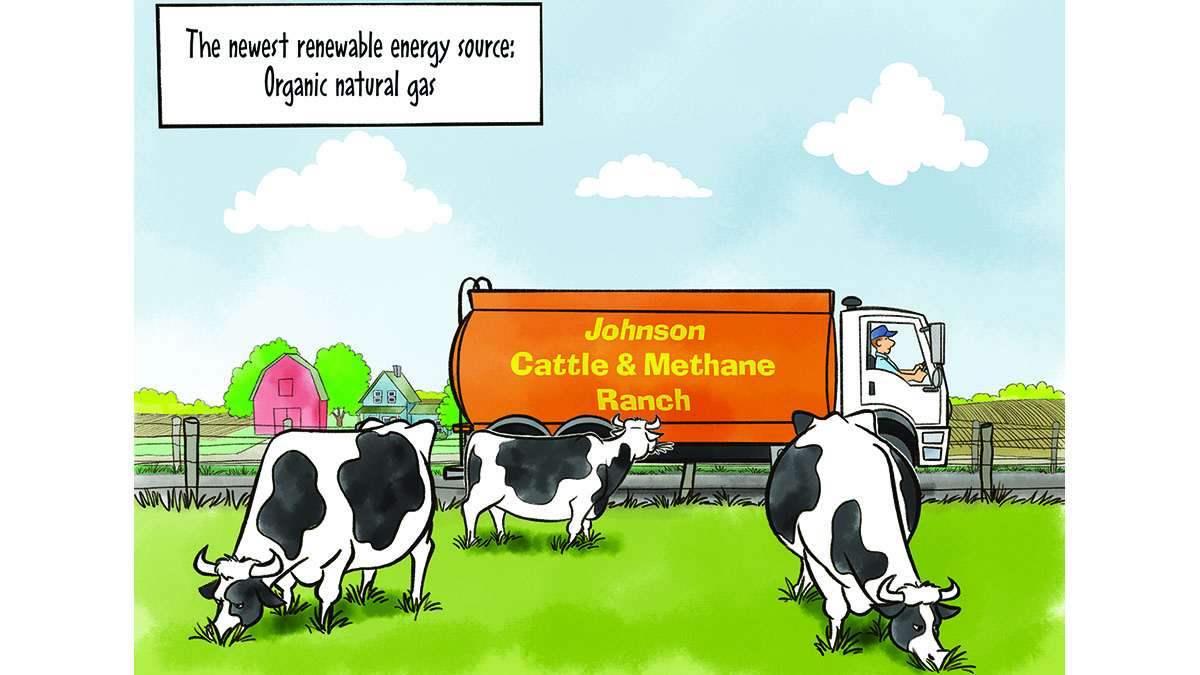Student-Driven Citizen Science
Student-Driven Citizen Science
By Abby Plummer and John Van Dis
Investigating marine plastic pollution
Investigating marine plastic pollution
Investigating marine plastic pollution
The War Over Water Continues
By Amy Gilbert and Abigail Turner-Nesmith
Debates over water allocation help students understand Earth systems.
Debates over water allocation help students understand Earth systems.
Debates over water allocation help students understand Earth systems.
Let’s Be Litter Free
By Lara Smetana, Lauren Wisbrock, Micah Zaker, and Timothy Hoellein
Investigating anthropogenic litter in local ecosystems
Investigating anthropogenic litter in local ecosystems
Investigating anthropogenic litter in local ecosystems
Teaching Teachers
STREAMing Engineering
An elementary schoolwide endeavor to build young engineers prioritizes training teachers first
Science and Children—October 2019 (Volume 57, Issue 3)
By Lauren Burrow and Chrissy Cross
This column enhances the repertoire of preservice and inservice teachers.
This column enhances the repertoire of preservice and inservice teachers.
This column enhances the repertoire of preservice and inservice teachers.
Methods and Strategies
A Focus on Function
An early childhood engineering activity helps students think about the way things work.
Science and Children—October 2019 (Volume 57, Issue 3)
By Marisa Garcia, Christine Gentry, Elissa Jordan, Bekka Nolan, and Christine M. Cunningham
This column provides ideas and techniques to enhance your science teaching.
This column provides ideas and techniques to enhance your science teaching.
This column provides ideas and techniques to enhance your science teaching.
Science 101
Where Do Fossil Fuels Come From?
Teaching Through Trade Books
Colorful Creations
Science and Children—October 2019 (Volume 57, Issue 3)
By Christine Anne Royce
This column includes activities inspired by children’s literature.
This column includes activities inspired by children’s literature.
This column includes activities inspired by children’s literature.
Early Childhood Resources Review
Teaching STEM in the Preschool Classroom
Exploring Big Ideas With 3- to 5-Year-Olds
Science and Children—October 2019 (Volume 57, Issue 3)
By Alissa A. Lange, Kimberly Brenneman, and Hagit Mano.
Early Years
Engineering Habits of Mind
Science and Children—October 2019 (Volume 57, Issue 3)
By Peggy Ashbrook and Anne Lowry
Never Too Young to be a Citizen Scientist!
Science and Children—October 2019 (Volume 57, Issue 3)
By Mary Hatton, Sara Grimbilas, Caroline Kane, and Tara Kenyon

Kindergarteners learn about plants and seasons through a yearlong project.
Kindergarteners learn about plants and seasons through a yearlong project.
Kindergarteners learn about plants and seasons through a yearlong project.



